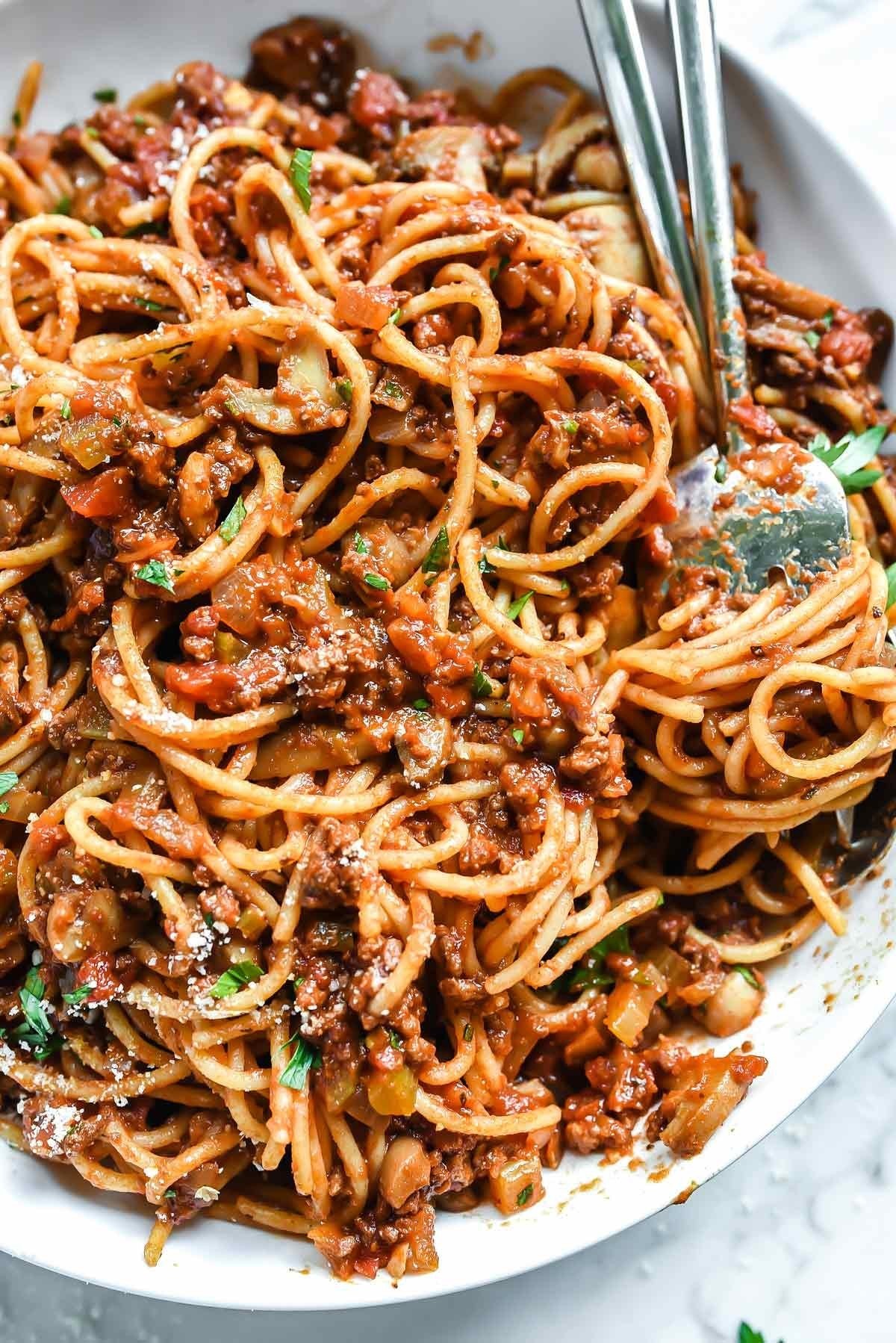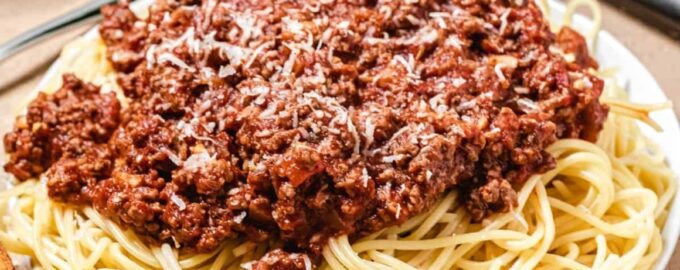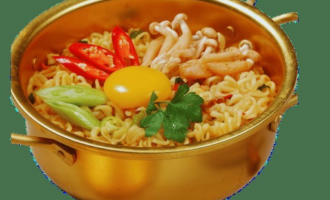HOW TO RESCUE YOUR GREASY SPAGHETTI SAUCE: TIPS AND TRICKS FOR A PERFECT FINISH
Cooking can sometimes lead to unexpected results, and if you’ve ever ended up with a greasy spaghetti sauce, you know exactly what I mean. The good news is that there are several methods to rescue your sauce and achieve a balanced and flavorful finish. In this article, we’ll explore various tips and tricks to help you transform your greasy sauce into a culinary delight.
UNDERSTANDING THE CAUSE OF GREASY SAUCE
Before we dive into solutions, it’s essential to understand what causes spaghetti sauce to become greasy. The primary culprits are:
– Excess Oil: Too much olive oil or fat from meat can lead to greasiness.
– Fatty Meats: Using high-fat meats like certain sausages or ground beef can introduce unwanted grease.
– Insufficient Cooking Time: If the sauce hasn’t simmered long enough, excess fat may not be incorporated properly.
QUICK FIXES FOR GREASY SPAGHETTI SAUCE
Here are some quick and effective methods to rescue your greasy spaghetti sauce:
1. SKIMMING THE SURFACE
One of the simplest ways to reduce grease is by skimming it off the top:
– Allow the sauce to cool slightly. This will cause the grease to rise to the top.
– Use a spoon or ladle to carefully skim off the excess oil.
2. ADDING ABSORBENT INGREDIENTS
Introduce ingredients that can absorb grease without altering the flavor significantly:
– Bread: Place a piece of crusty bread in the sauce for a few minutes, allowing it to soak up some grease. Remove before serving.
– Cooked Pasta: Add a handful of cooked pasta to the sauce. It will absorb some of the excess fat.
3. INCORPORATING VEGETABLES
Adding vegetables can help absorb fat and balance the flavors:
– Grated Carrots: Adding a grated carrot can help absorb grease while adding sweetness.
– Chopped Spinach or Kale: Leafy greens will not only absorb some fat but also enhance the nutritional value.
4. USING A THICKENER
Thicken your sauce to help mask the greasiness:
– Tomato Paste: Stir in a tablespoon or two of tomato paste for a thicker consistency and added flavor.
– Cornstarch Slurry: Mix cornstarch with cold water and stir it into the sauce to thicken it, reducing the greasy appearance.

5. ADDING ACID
Introducing acidic ingredients can cut through the greasiness:
– Vinegar: A splash of balsamic or red wine vinegar can help balance the flavors.
– Lemon Juice: A squeeze of fresh lemon juice can brighten the sauce and reduce the perception of greasiness.
LONG-TERM PREVENTION TIPS
To avoid greasy sauce in the future, consider these preventative measures:
1. CHOOSE LEANER MEATS
Opt for lean ground beef or turkey, or use chicken or turkey sausage instead of fattier options.
2. CONTROL OIL USAGE
Use oil sparingly when cooking. Start with a small amount and add more only if necessary.
3. LET IT SIMMER
Allow your sauce to simmer adequately. This helps fats emulsify into the sauce, preventing separation.
CONCLUSION
Rescuing a greasy spaghetti sauce is easier than you might think. With these tips and tricks, you can restore balance and flavor to your dish. Remember to adjust your cooking methods in the future to prevent greasiness from occurring again. Happy cooking!
EXPERIMENTING WITH FLAVORS
Once you’ve managed to rescue your greasy spaghetti sauce, consider enhancing its flavor profile to make it even more delicious. Here are a few ideas:
– Herbs and Spices: Fresh herbs like basil, parsley, or oregano can add depth to your sauce. Dried spices such as red pepper flakes can introduce a delightful kick.
– Cheese: A sprinkle of grated Parmesan or Pecorino Romano can add richness and further mask any residual greasiness.
– Umami Boosters: Ingredients like anchovies, Worcestershire sauce, or soy sauce can enrich the flavor without adding much fat.
STORING AND REHEATING TIPS
If you find yourself with leftover sauce, proper storage and reheating techniques can also help maintain its quality:
– Cool Before Storing: Allow the sauce to cool completely before transferring it to an airtight container. This helps prevent condensation and maintains texture.
– Freezing: If you’ve made a large batch, consider freezing portions in freezer-safe containers. This way, you can enjoy it later without worrying about greasiness.
– Reheat Gently: When reheating, do so on low heat, stirring frequently. If the sauce appears greasy again, simply follow the rescue tips mentioned earlier.
FINAL THOUGHTS
Cooking is an art, and sometimes it comes with its challenges. A greasy spaghetti sauce can be frustrating, but with a little creativity and the right techniques, you can turn a potential disaster into a delightful meal. Remember, cooking is about experimentation, so don’t hesitate to try new ingredients and methods. With practice, you’ll master the perfect spaghetti sauce every time!






